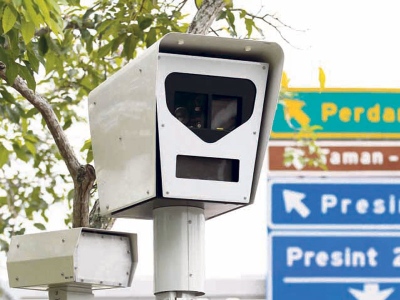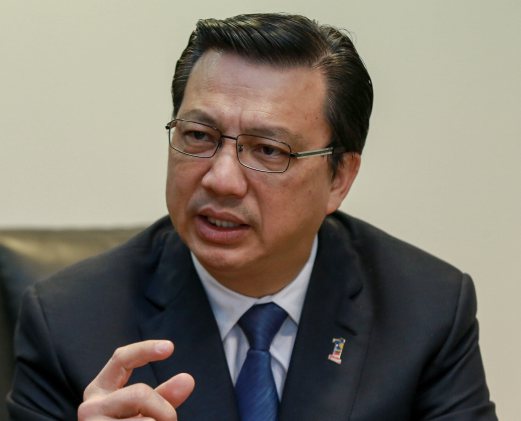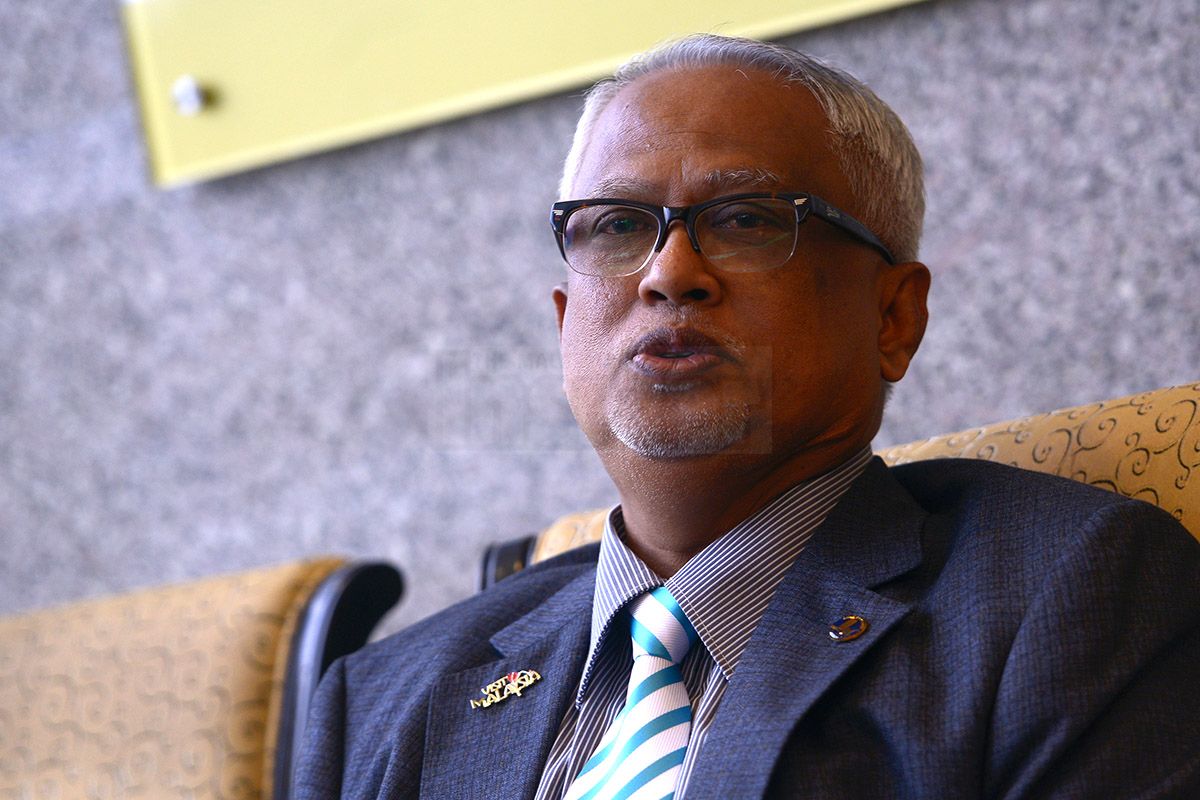The Government Wants To Save Your Life By Reviving The AES. Yay Or Nay?
The government is planning to re-implement the Automated Enforcement System (AES) together with the road offenders’ demerit point system (Kejara) by March.
The Automated Enforcement System (AES), which was introduced in September 2012, will be making a comeback this March and the government plans to include the road offenders' demerit point system (Kejara) along with it
Local daily, Berita Harian reported Transport Minister Datuk Seri Liow Tiong Lai as saying that the matter was tabled to be discussed in the Cabinet and that the systems would be simultaneously activated as a measure to curb and reduce the rate of road accidents.
The AES system was put on hold in 2011 due to enforcement and feasibility issues.
It was proposed to begin in 2012 but met with strong public objection. In December 2012, the Attorney-General had halted all court proceedings related to summonses issued under the AES to study legal issues raised following a public outcry.
But why is the AES getting so much flak from the public?
The AES, a system consisting of fixed and mobile cameras, can automatically detect and record traffic offences by using an advanced system with the cameras being placed at easy-to-identify places. This system is presently used to detect those who beat speed limits and red lights in Malaysia. AES is also being used in many other countries including France, Germany and Australia.
However, it was alleged that companies running the system - Beta Tegap Sdn Bhd dan ATES Sdn Bhd - were contracted to install and run the speed-trap camera system, allowing them to earn RM16 from every fine issued by the system. This sparked public anger over what is seen to be a privatisation of traffic law enforcement.
Despite these allegations, Transport Minister Datuk Seri Liow Tiong Lai said that the AES is an effective system that can reduce road accidents
"The AES is a good system, but however, it was badly implemented," he said.
"Areas with AES installed have recorded a reduction in traffic accidents. Implementations in other countries have also shown that the system is effective," Liow said.
He also denied that the system was implemented as a means for the Government to get additional revenue.
"Unlike what many people claim, AES is not to punish the rakyat by issuing summons and fines. We want to save lives," he said.
Meanwhile, Pokok Sena MP Datuk Mahfuz Omar said the government is 'lying' about using AES to reduce road accidents because the system does not apply to everyone
"I say the government is lying, using the excuse of reducing accidents, namely fatal accidents. It has been a lie from the start."
"If we look at the camera-recorded offences under Section 53A of the Road Transport Act, vehicles ferrying dignitaries like the Agong, sultan, and prime minister are exempted from AES."
"We all know that these are vehicles driven in high speed," he told The Malaysian Insider .
Mahfuz said he also felt that the existing laws were enough to reduce the number of road accidents, and they only needed to be improved.
Just a month ago, in December 2015, Deputy Transport Minister Datuk Abdul Aziz Kaprawi said that the government was planning to extend AES to the whole country
"Currently, we are still in discussion with the relevant parties to improve the terms of the AES agreement which takes into account the views and feedback from various quarters before it can be extended nationwide."
"The AES is still on at 14 locations in Perak, Selangor, Kuala Lumpur and Putrajaya involving 10 static cameras and four mobile cameras," he said.
Aziz said besides expanding the AES operation, the government was also drawing up a new implementation plan and operation model for the subsequent phase to enable it to be more inclusive and acceptable to the public.
"Through the rebranding, the Armed Forces Fund Board (LTAT) will be managing the static cameras while the Royal Malaysian Police will take over the mobile cameras after this," he added.
People would find all kinds of ways to avoid getting summons, so someone decided to upload a video on how to avoid getting AES summons:



